Horia Mina is a Romanian artist currently living in Bucharest, a graduate of the Academy of Fine Arts, with a degree in Design. During the 80s, Mina had several group shows and two one-man shows in Bucharest. He is the winner of I.C.S.I.D. (International Council of Societies of Industrial Design) Grand Prix for his project The Game – Another Means of Communication.
His works are three-dimensional, however Mina calls them ‘pictures’. Cubes made of Plexiglas, filled with coloured liquids or statements or reproductions of drawings. The hanging of these ‘pictures’ is more closely associated to the genre of wall relief.
The so-called pictures change during the course of the exhibition, as the pigments spread all over the floor. The leftover isn’t nice anymore – the marks on the Plexiglas cubes look dirty, even a bit shabby, the hangers appear through the dirt, the illusion of mirrors having faded away. I understand his play with colours and material, I appreciate his dealing with art market-related critical issues, but the achievement is visually not satisfying at all.
Colours in their fluid state represent the first step in his working process, which is similar to a scientific analysis. He produces combinations of minerals, pigments or motor oil with more common fluids like whisky or wine, and waits with curiosity to discover the reactions of these different raw materials. He gets results by waiting, testing, observing the physical reactions, the compatibilities or incompatibilities between the different mediums. When a certain coloured liquid is created, it gets recorded. He goes on to extract certain combinations, and subjectively names them according to a state of mind, impression, resemblance.
The Prayers are mixed media sculptures. The model of the Prayer is made of little pieces of wood. For the coloured Prayer he uses the size and shape of the wood pieces like modules, the assembling is referred to a matrix, the wood is replaced by small cubes made of Plexiglas filled with multi-coloured liquids.
In the sculpture Value unknown, he deals with the real value of a sculpture, the material and working hours and the fictional value of art on the art market.
The actual value develops depending on the material used (i.e., a box of 6 bottles of good red wine) and never defines the price of artwork – in comparison to products of the real market. The creative idea, the process of research and scientific experiments, are not measurable and cannot be evaluated.
His first publication, Aseptica, edited by curator Mihai Nazarie and Kettler Editing House in Heidelberg, is dedicated to the three main parts of his work. The first, called Aseptica, is his struggle to invent a color language, a new “alphabet” is formulated on the relation between colors and states of mind, words and letters. The second, Interventions: deals with ironic and self-referential comments on works of art created in the past by other artists. Arguing with 19th century painters, Russian posters creators from the Cold war era or 18th century masters of engraving, it is again color, which underlines his interventions. And third, Trips and Travels: this chapter is a journey with stops in real and imaginary places related to art.
Aseptica, a collaboration between Schleifmühlgasse 12-14 Vienna and Allegra Nomad Gallery Bucharest, was in Vienna between 10-25 October 2014.
POSTED BY
Denise Parizek
Denise is art historian and curator. She directs Schleifmuehlgasse 12-14 in Vienna, where for over 5 years she has been curating international projects....
12-14.org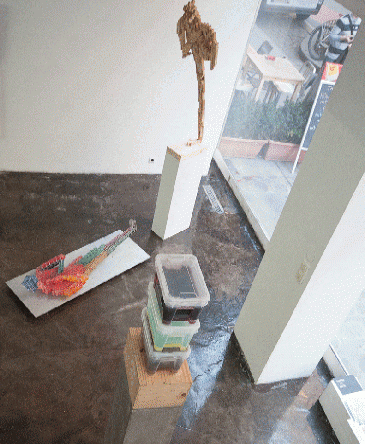
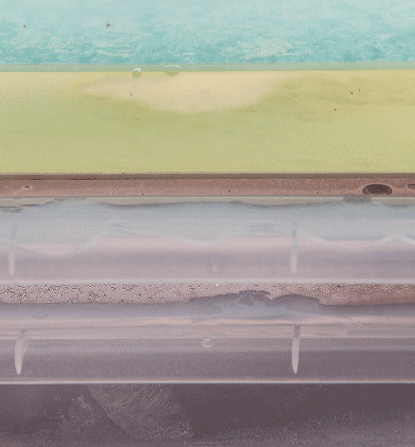
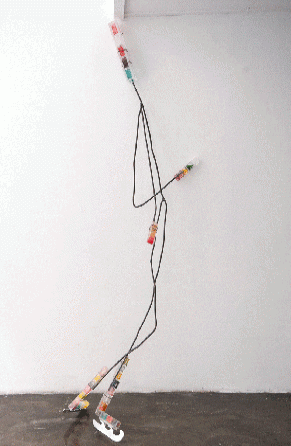
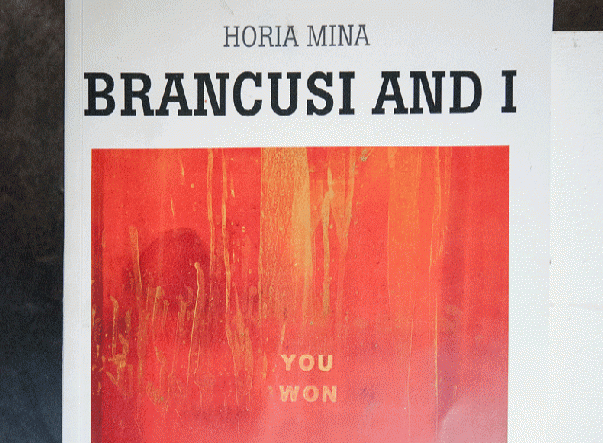
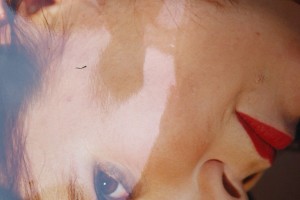
Comments are closed here.